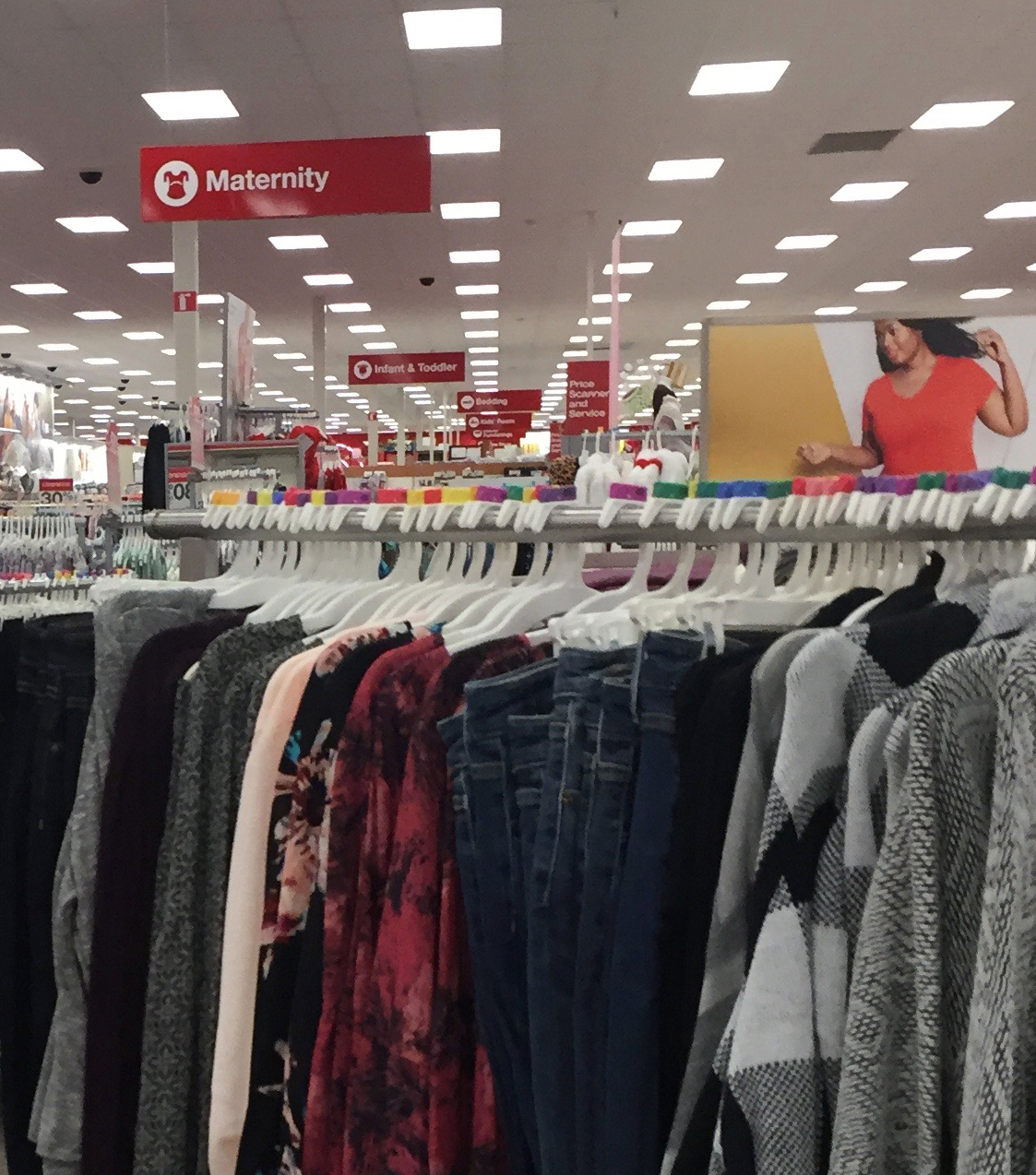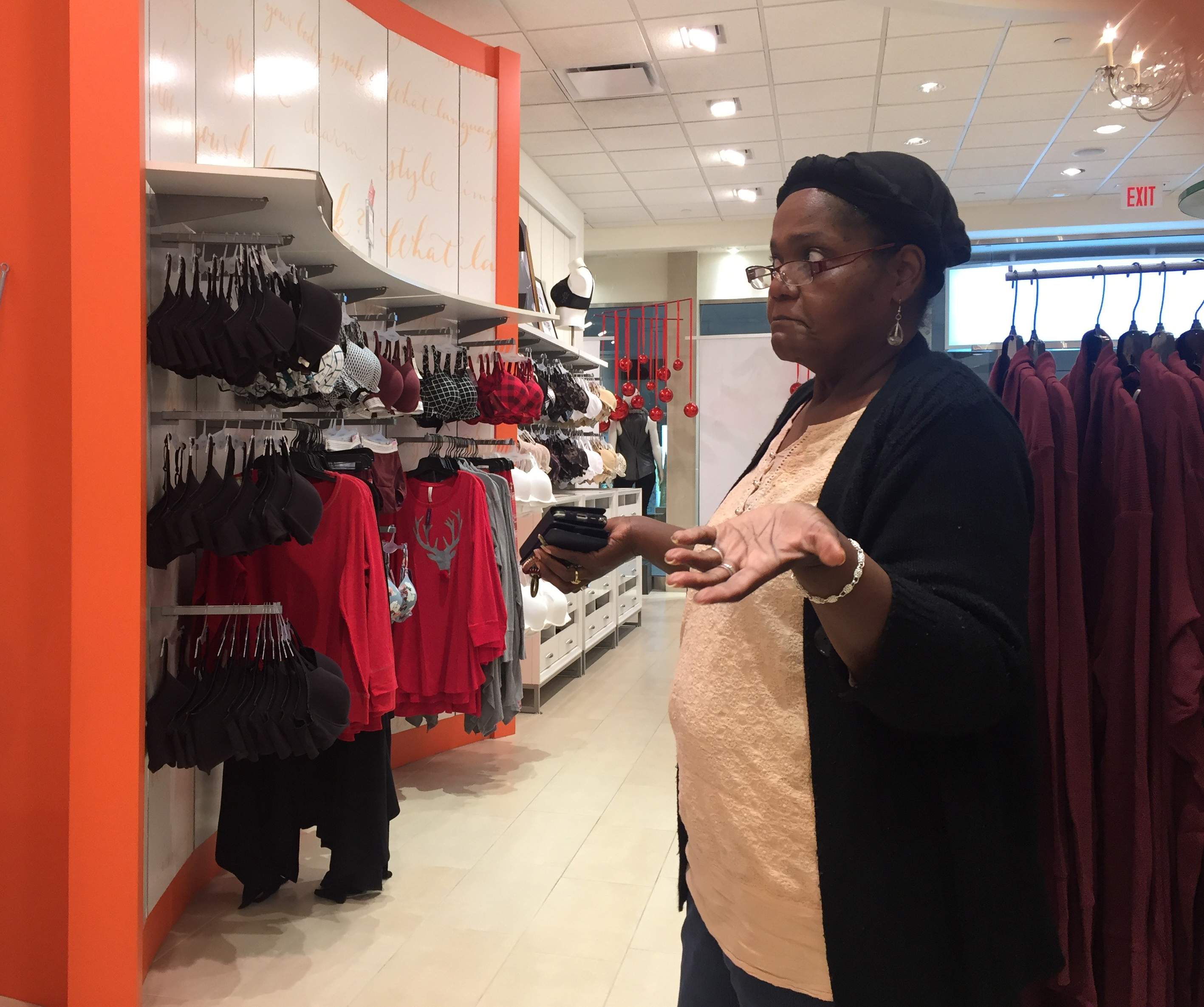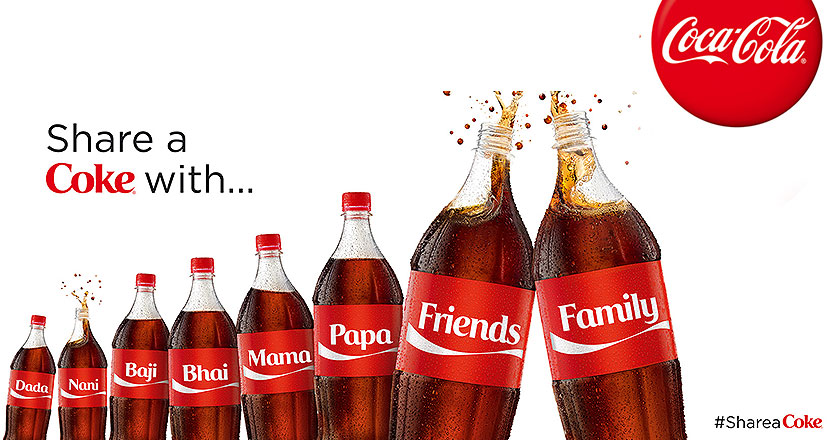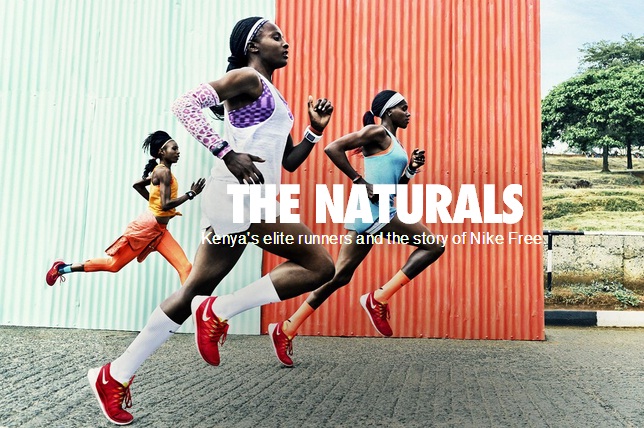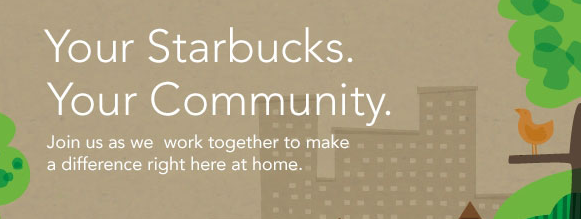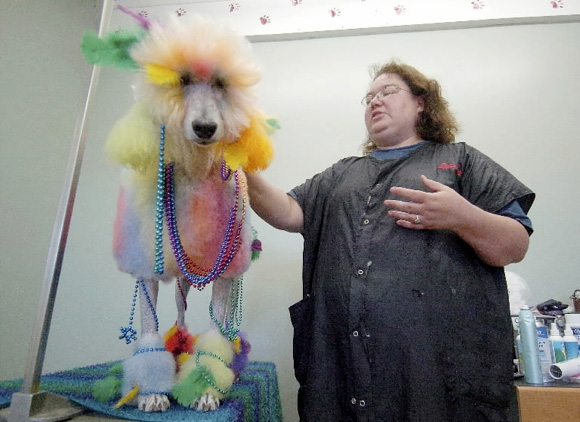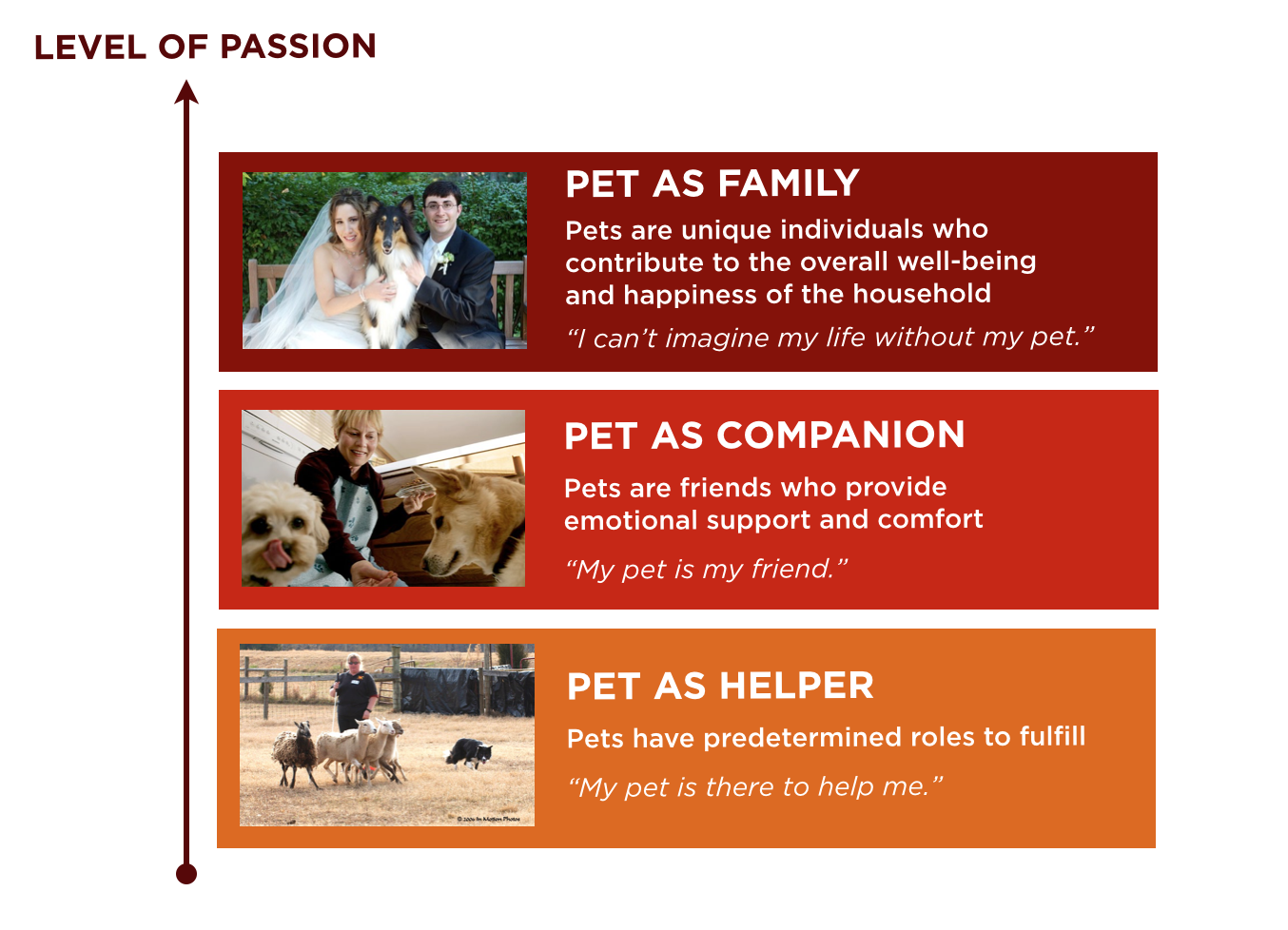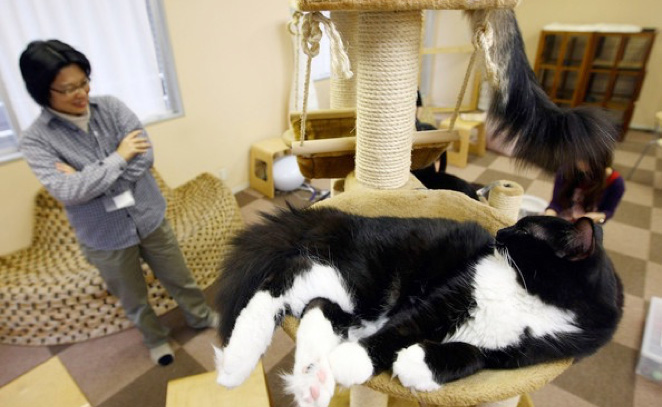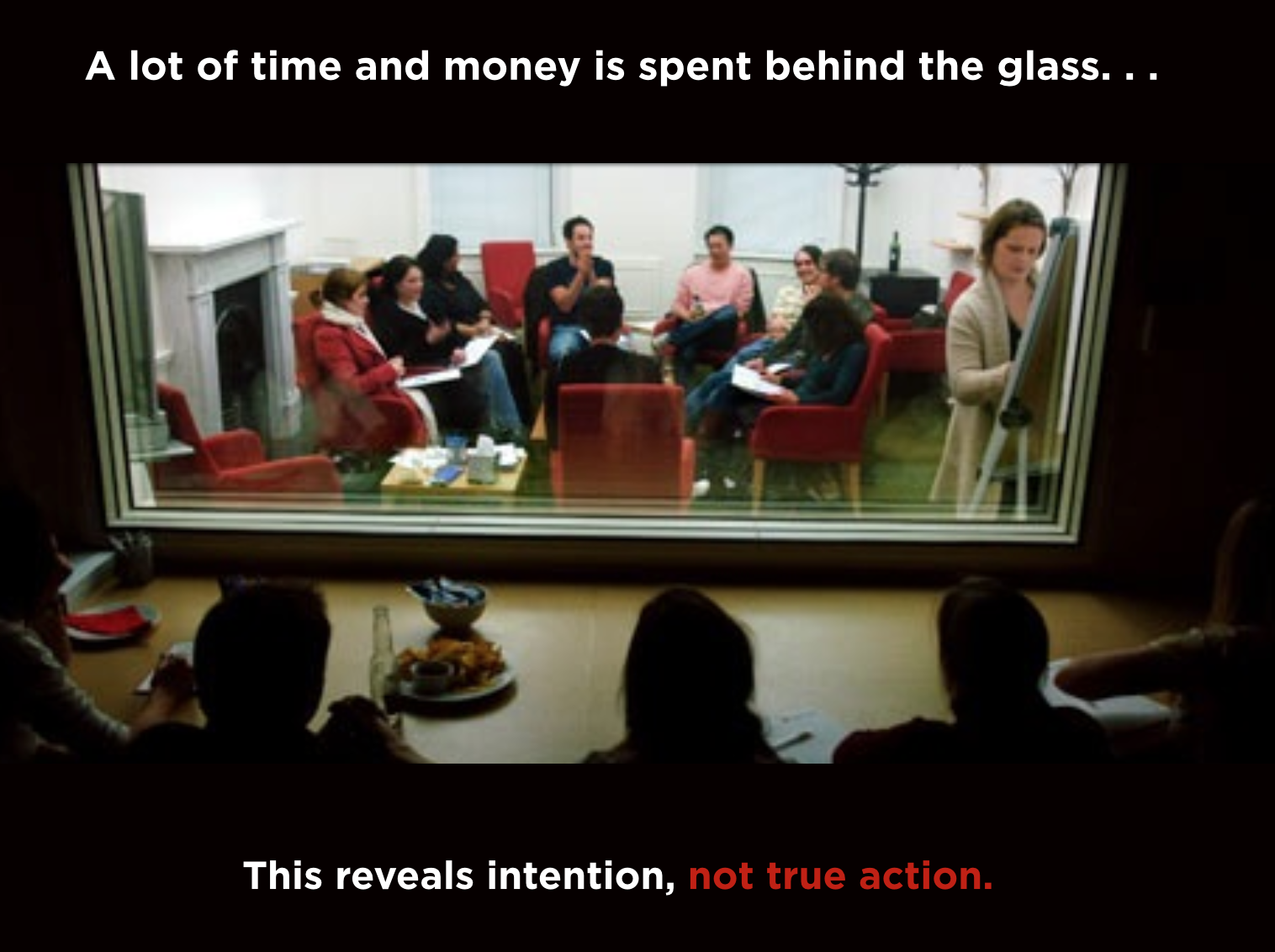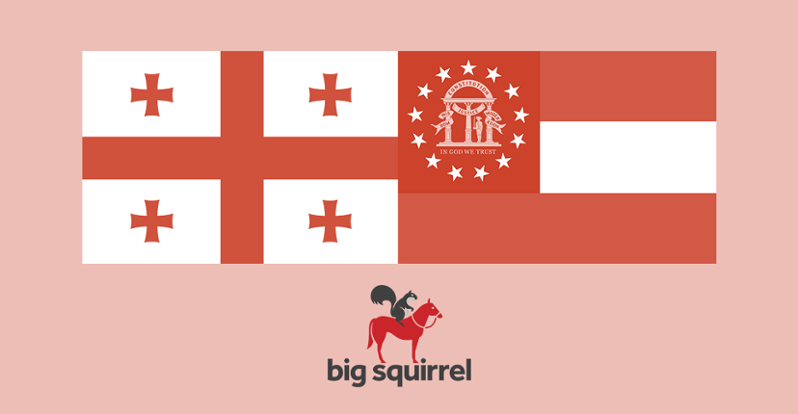
From Georgia to Georgia: Asking Qualitative Questions Across Your Brand Footprint
Killer business instinct. It’s praised in business and critical for any growth strategy. But no one relies on instinct alone. Great CMOs, Insight Managers and VPs of Business Development know research informs their killer instincts. New products and services and reinvented old ones all require research when your company is ready to put together a marketing strategy.
Quantitative research is familiar and reliable. It yields deep pools of data and statistics. Customers are polled about their experience and are asked to distill their feelings about a brand, product or service. Certain quantitative research may also rate a consumer’s degree of internalized brand loyalty or preference
Numbers are powerful, but they only take you so far in understanding your consumers and your brand. Data tells you what people’s intentions are – what they think they would do or choose or what they plan to do or have done. But deeper meaning that identifies behaviors and taps into opinions, beliefs, cultural nuances and feelings simply cannot be quantified.
Enter the ethnographic approach to solving problems.
Crack the Nut
At Big Squirrel we believe that “cracking the nut” for your brand is based on talking to people. It’s about spending time with consumers in the environments where they live, breathe and interact with your category, your competitors and your brand. It involves revealing truths that lie beneath the surface of what someone says, getting to the heart of what they really mean.
![]()
We don’t come to the table with a hypothesis, assumption or guided questions that manipulate responses. Instead, we engage in meaningful conversation with you and your consumers to develop a deep understanding of the challenges your brand faces. We then reach into our bag of tools and ask probing questions that inspire people to thoughtfully consider their own reality in new ways. We observe the unscripted product and brand interactions people have in real-time, in real life settings.
To truly gain a competitive advantage for your brand, you must push hard to get beneath the surface. We look for patterns that identify what unites people–no matter their lifestyle or demographics. We identify what is trending and what driving these trends, taking into account how these findings and insights translate across cultures, whether it is Atlanta, Georgia or Tbilisi, Georgia.
Brands who come to Big Squirrel aren’t looking to get more data on their consumer or product experience. They’re not trying to gauge brand loyalty to complete a report. Our clients are looking to master the understanding of their market to create a deeper impact across the entire brand. Ultimately, action must be taken from the results of our research, so we focus on identifying how to create deeper connections and more meaningful relationships with people.
Our projects are designed to use a proven ethnographic approach to move brands closer to their consumers. Taking a deep look at your brand through the lens of a qualitative approach might look something like this:
Industry at Large
- Who is innovating in the industry?
- What larger global trends may affect your industry positively or negatively either in the immediate future or in the long-term?
- What category conventions can you challenge and change?
- Are their cultural, regional or national issues on the horizon that could have a major impact on your company?
- What can you learn from other brands outside your category?
- What does it take to be a thought-leader in your industry?
Target Market
- What is the personal effect your product or service provides?
- How does your loyal consumer perceive your brand? How is this different from other consumers?
- What are the triggers that motivate consumers to engage with your brand? What are the hurdles that prevent engagement?
- Will your brand equity translate to a new generation of people or will your marketing message need revision?
- Are your marketing messages effective across the entirety of your brand footprint?
- How are influencers eroding your brand position?
- Is your target market changing?
- Is you brand promise still relevant to your most loyal buyer?
- Outside your category, who is doing the best job reaching this target market and what are they doing?
Competition
- Who do your consumers perceive as your actual competitor(s)?
- Is there a dominant competitor in your market?
- How does your company deliver your solution to the target market differently than your competitors?
- Is another company or approach to what you provide currently disrupting your established flow of consumers?
When the numbers aren’t enough, we’re ready to go deeper. Here’s how we’ve moved beyond the numbers to reveal intimate and personal stories that demonstrate how to better connect people to brands:
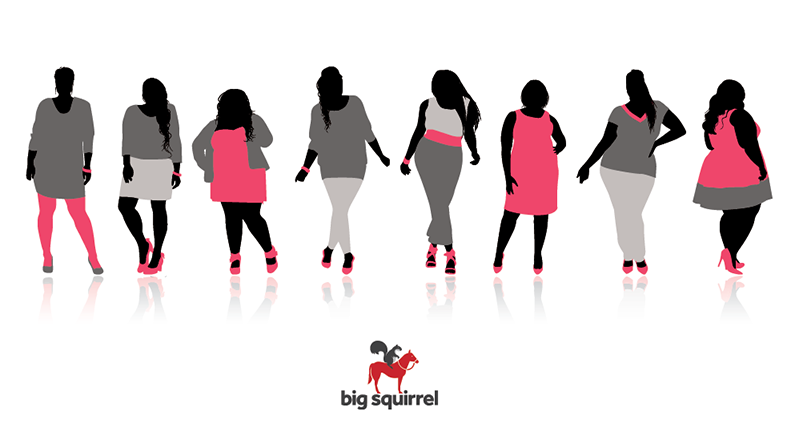
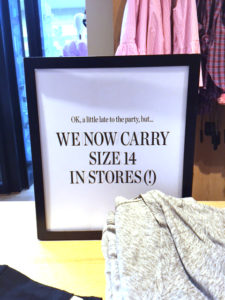 Lately it seems like everyone is jumping on the plus sized bandwagon. With mainstream clothing brands like JCrew expanding the sizes they carry in store (and posting apologetic notes about it) to mid-market brands like Target creating their own plus line of clothing, brands and retailers of all kinds are trying to clue in to the needs of a dramatically underserved market. Since plus apparel is a rapidly growing area of retail —
Lately it seems like everyone is jumping on the plus sized bandwagon. With mainstream clothing brands like JCrew expanding the sizes they carry in store (and posting apologetic notes about it) to mid-market brands like Target creating their own plus line of clothing, brands and retailers of all kinds are trying to clue in to the needs of a dramatically underserved market. Since plus apparel is a rapidly growing area of retail — 